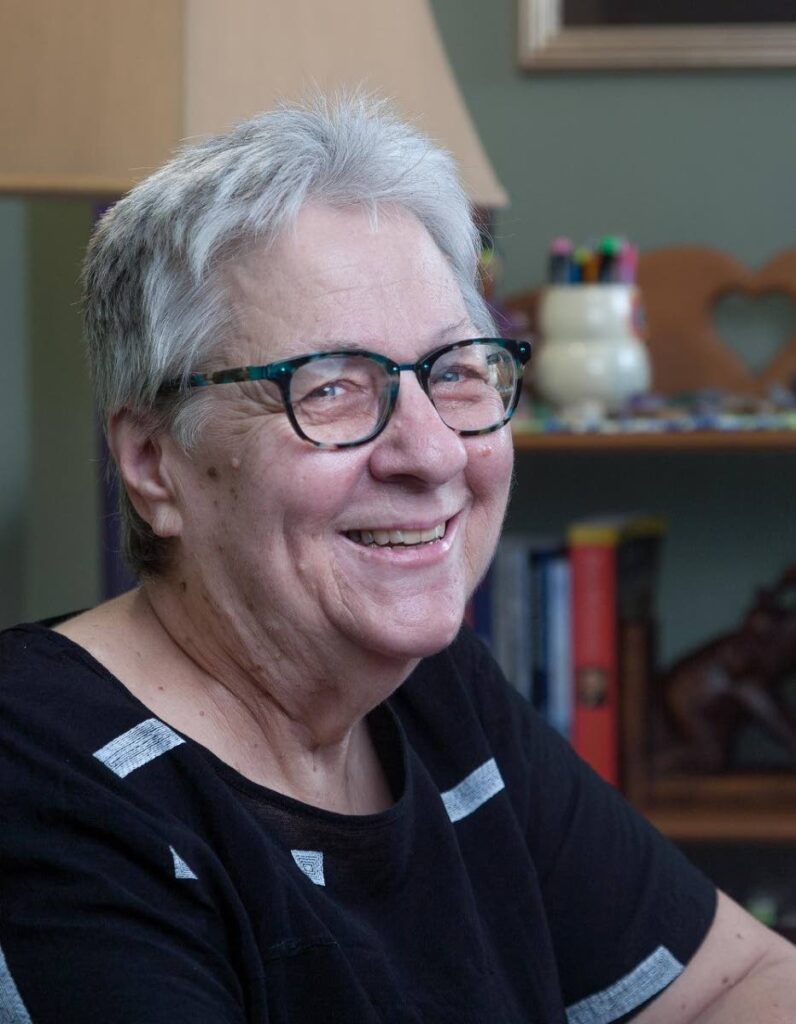Calypso as a teaching tool

IN CASE you have not yet noticed, reigning Calypso Monarch Machel Montano’s Soul of Calypso has some subliminal messages about two important issues in this country: our divisiveness and our need for educational reform.
Errol “Bally" Balantyne’s calypso All Ah We Is One also uses the musical metaphor of soca and calypso to highlight our divisiveness. This problem doesn’t just exist in music. Divisiveness is a colonial retention of divide and rule, which reigns supreme here. It’s how we were once ruled and, sadly, it’s how we institute control and stifle creativity now. I often feel that we do colonialism better than the Europeans who once controlled here.
Montano’s soca and Bally’s calypso are perfect lessons for the classroom because of the messages they send.
“Change is the only constant,” Bally sings in his 2024 offering, yet education has always been one of the institutions most resistant to change. Colonialism imposed its needs on society and instituted a rigid system of subjugation. Education served the elite and ignored the needs of poor and marginalised people. Colonialism valued competition and did not support co-operation and inclusivity.
Bally’s metaphor of inclusivity uses calypso’s musical history and Carnival’s success to point out that some people are singers, some are songwriters and some do both. It takes everyone’s talents and contributions for Carnival and calypso to succeed. Change propels music and society to move forward. Schools should make a lesson of comparing both of these calypsoes.
If we reform education and make it more relevant, skill-oriented and interesting, then we can keep students in school and tackle another major issue in this country, crime. Students who can read and reason are less likely to turn to crime.
Without being boring and didactic, as an education inherited from colonialism tends to be, Montano and Bally demonstrate how we can creatively teach English and history. Bally reminds us we shouldn’t fear change. Ideas, music and societies evolve.
Performance in school should aim for something higher than grades and passes. It should encourage creativity, individuality, participation and collaboration. Learning should feel rewarding in itself.
View the video of those children on stage with Montano in the Calypso Monarch competition to see how much those children learned in Montano’s musical lesson. Their performance had a structure and told a story. It celebrated music and history and fostered pride in our culture, which is necessary to encourage teenagers to stay on the right path.
Students like history. Surely Montano and Bally recognised this when they wrote their songs. Schools kill that interest by the way they teach history as nothing more than dates and events. Students don’t respond to the boring, regurgitated facts we recycle annually. They want to explore history they don’t find in their textbooks and understand leaders as heroes.
I have always advocated the use of calypso in the classroom as a teaching tool for history and literature. It’s an invaluable and relevant teaching resource that provides visual and auditory lessons on writing structure. Students learn about poetic devices like metaphor, simile and alliteration.
Sceptics scoff at the use of calypso in the classroom, yet we use ole mas in school to teach pun and irony. It’s effective. Students never forget the power of satire and pun after participating in one ole mas school competition.
Education should prepare students for the real world where they will quickly discover the workplace is not a Carnival fete or a Montano Savannah stage skit. But workplaces could take some lessons from Montano too. Why can’t our workplaces feel like enjoyable spaces where leadership values dedication and creativity?
Why must so many people spend their entire work life feeling devalued, degraded, unappreciated, stifled and unhappy? Employees should feel motivated, empowered, appreciated and supported by their bosses.
Students and workers should feel valued for their individuality and for their collaboration skills. Let’s move forward.
Check YouTube for Montano’s performance on Dimanche Gras and Bally’s calypso All Ah We Is One. Study them and learn.
Use this music to teach history and English in our schools. Invest in creativity. Give up the notion that teachers should control classrooms and become leaders capable of creating a collaborative space. Make students feel invested in their education.
We live in too much fear of change. We cast all our fears aside for Carnival and relish the creative process. Now we need to do that for the rest of the year. As Bally says, we can’t fear change. We have to embrace change and make changes. It always pays off.


Comments
"Calypso as a teaching tool"